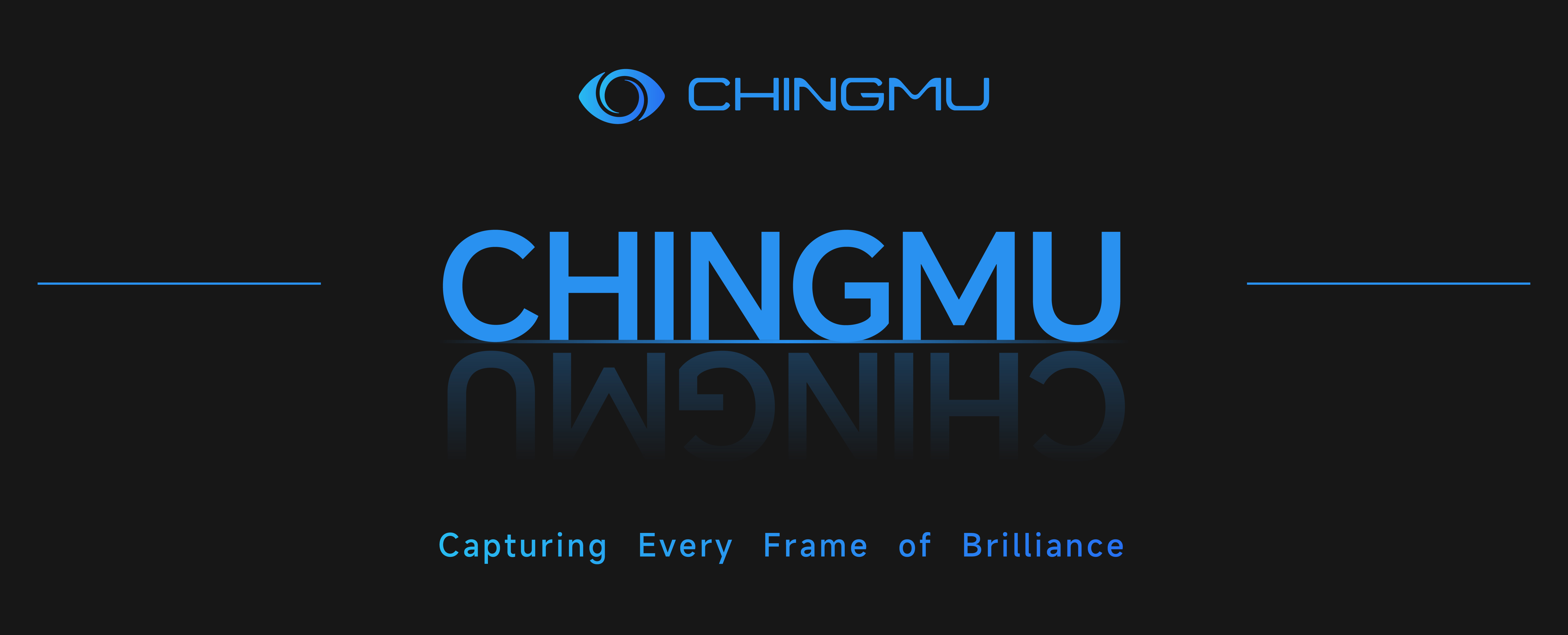
 CN / EN
CN / EN
Unmanned Aerial Vehicle (UAV) Motion Capture System: The Application of 3D Motion Tracking in UAVs


Unmanned Aerial Vehicles (UAVs) are garnering increasing attention and importance due to their efficient operation and broad applicability. From military reconnaissance, environmental monitoring, emergency rescue, to agricultural cultivation, logistics transportation, and performance arts, the applications of UAVs have brought more possibilities to our work and life, enhancing work quality and saving labor and time costs.

As the application scenarios expand and demands grow, the performance and safety of UAVs are also under the spotlight. How to manufacture UAVs with high maneuverability, high safety, and "human-machine integration" has become the research focus for universities, research institutions, and experts. UAVs not only provide aerial perspectives but also complete motion trajectories based on preset algorithms while automatically identifying obstacles and achieving autonomous obstacle avoidance navigation. Moreover, they achieve precise operation and control in ground-air coordination, formation flight, and heterogeneous coordinated control.

The application of motion capture technology has provided new breakthroughs for the development of UAVs. By using high-precision positioning and measurement, it visually presents the 6 Degrees of Freedom (6DOF) data of UAVs, as well as three-dimensional spatial position and motion trajectory information, such as velocity, acceleration, relative position, yaw angle, roll angle, pitch angle, Euler angles, and other data, providing complete and accurate data support for UAV attitude control and motion planning.
Application of Motion Capture Technology in UAVs
Principle of Application:
Through computer vision, optical motion capture systems identify and calculate the markers on the UAV. By tracking the spatial position and movement trajectory of the markers, the motion status and pose information of the UAV are presented in real-time. Additionally, the capture precision and quantity, as well as the stability of the system, vary depending on the performance of the motion capture system. Generally, the more cameras, the higher the precision. However, high-precision cameras typically achieve better capture effects. For instance, the CHINGMU K26 camera boasts 26 million pixels, a frame rate of up to 360fps, and 3D accuracy of ±0.02mm, enabling superior capture effects. Moreover, with an active capture range of 90 meters and support for outdoor enhancement technology, it meets the application needs for outdoor and large-space scenarios.

Specific Manifestations:
Swarm Formation and Coordinated Control: Utilizing motion capture technology, such as the optical motion capture system from CHINGMU, to obtain the 3D spatial coordinates and 6DOF information of UAVs, enabling precise aerial positioning and formation flight.
Attitude and Motion Control: Motion capture technology can capture the attitude and motion changes of UAVs, providing data support for UAV motion control, enhancing flight stability and precision.
Ground-Air Coordinated Formation Control: Through motion capture technology, UAVs and ground vehicles can be coordinated in formation, improving the efficiency and coordination of task execution.
Algorithm Verification: Motion capture technology provides real and precise data information, effectively verifying the algorithms for UAV coordinated control and swarm formation flight.

Currently, universities such as Fudan University, Shanghai Jiao Tong University, Beijing Institute of Technology, and Guangxi University are using the CHINGMU optical motion capture system for UAV control research and formation flight experiments.
In addition, motion capture systems can also be applied to the research of quadruped robots, humanoid robots, and soft robots. They provide precise data support for scientific research automation and industry progress.

